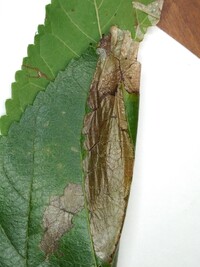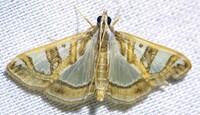
| Recorded by: Dean Furbish and Joy Wiggins on 2025-09-20
Wake Co.
Comment: | 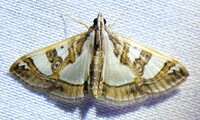
| Recorded by: Dean Furbish and Joy Wiggins on 2025-09-19
Wake Co.
Comment: |

| Recorded by: Mark Basinger on 2025-09-17
Wilson Co.
Comment: | 
| Recorded by: Mark Basinger on 2025-09-17
Wilson Co.
Comment: |
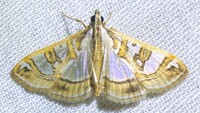
| Recorded by: Dean Furbish and Joy Wiggins on 2025-09-11
Wake Co.
Comment: | 
| Recorded by: Jeff Niznik on 2025-07-04
Orange Co.
Comment: |

| Recorded by: Jessica Bridges on 2025-06-20
Chatham Co.
Comment: | 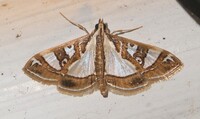
| Recorded by: Simpson Eason on 2025-05-13
Durham Co.
Comment: |
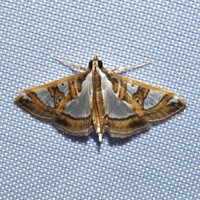
| Recorded by: David George, Stephen Dunn, Jeff Niznik on 2024-09-12
Orange Co.
Comment: | 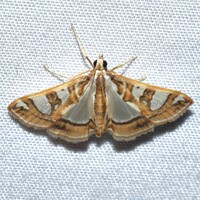
| Recorded by: Jeff Niznik on 2024-07-26
Alamance Co.
Comment: |
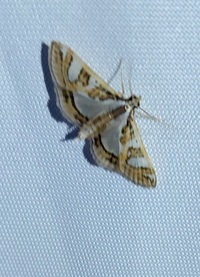
| Recorded by: Mark Basinger on 2024-07-05
Wilson Co.
Comment: | 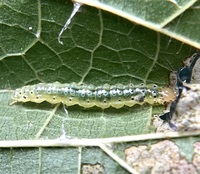
| Recorded by: Ken Kneidel on 2023-09-12
Mecklenburg Co.
Comment: |
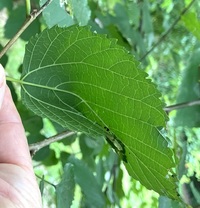
| Recorded by: Ken Kneidel on 2023-09-12
Mecklenburg Co.
Comment: | 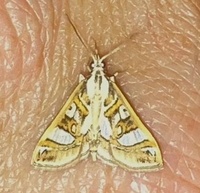
| Recorded by: Ken Kneidel on 2023-08-21
Mecklenburg Co.
Comment: |
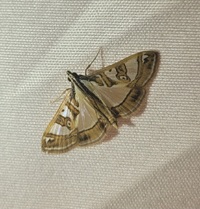
| Recorded by: Andrew W. Jones on 2023-08-15
Polk Co.
Comment: | 
| Recorded by: Simpson Eason on 2023-05-20
Durham Co.
Comment: |

| Recorded by: R. Newman on 2022-09-24
Carteret Co.
Comment: | 
| Recorded by: R. Newman on 2022-09-02
Carteret Co.
Comment: Caterpillar feeding on Red Mulberry. |

| Recorded by: Gary Maness on 2022-07-01
Guilford Co.
Comment: | 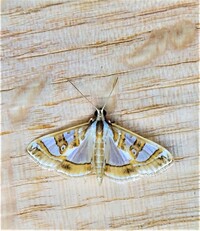
| Recorded by: Gary Maness on 2022-06-21
Guilford Co.
Comment: |
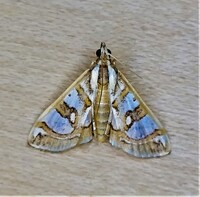
| Recorded by: Gary Maness on 2022-06-11
Guilford Co.
Comment: | 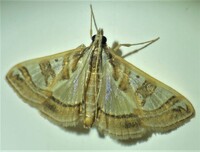
| Recorded by: Dean Furbish on 2022-06-09
Wake Co.
Comment: |
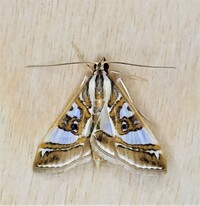
| Recorded by: Gary Maness on 2022-05-21
Guilford Co.
Comment: | 
| Recorded by: Simpson Eason on 2022-05-18
Durham Co.
Comment: |
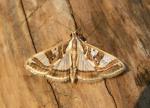
| Recorded by: R. Newman on 2022-04-21
Carteret Co.
Comment: | 
| Recorded by: R. Newman on 2022-04-02
Carteret Co.
Comment: |
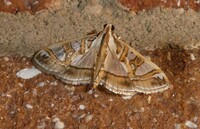
| Recorded by: Simpson Eason on 2021-09-25
Durham Co.
Comment: | 
| Recorded by: R. Newman on 2021-09-15
Carteret Co.
Comment: |

| Recorded by: Dean Furbish on 2021-08-25
Wake Co.
Comment: | 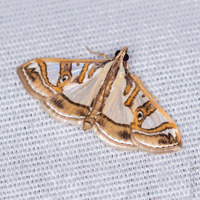
| Recorded by: Lior Carlson on 2021-08-21
Orange Co.
Comment: |
|

 »
»
